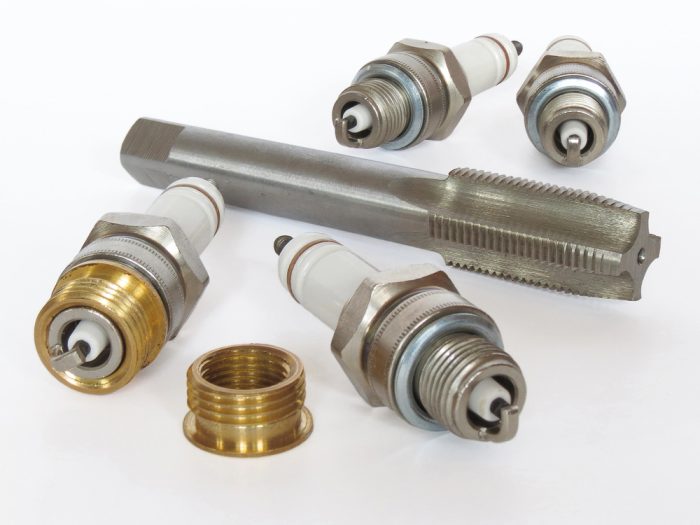Thread-setting plugs play a vital role in measuring and confirming the accuracy of threaded components. Over time, these plugs may experience wear or damage, which can impact their precision. Regular thread setting plug calibration is necessary to certify that your measurements remain within the desired tolerances. Calibration not only extends the life of the tool but also prevents costly errors in manufacturing and assembly.
Understanding Thread Setting Plug Calibration
The calibration of thread-setting plugs confirms that the thread form, pitch diameter, and overall functionality are still accurate. The process also checks whether the plug continues to meet the required specifications and verifies that any components measured with it will fit perfectly. Inaccurate calibration can lead to errors that cause machinery malfunctions, misalignments, or failures in assembly.
While there are several ways to calibrate these plugs, the method chosen depends on the required level of precision. In cases where absolute accuracy is critical, methods like using a Universal Length Measuring Machine (ULM) are ideal. However, for standard applications, the Three-Wire Method is commonly used and accepted by international standards.
The Three-Wire Method for Calibration
The Three-Wire Method is a cost-effective and widely accepted approach to calibrating thread-setting plugs. This method uses three wires of known diameter placed across the thread grooves. The pitch diameter is then calculated based on the distance between these wires. This method is known for its simplicity and affordability, making it the go-to choice for many industries.
The Three-Wire Method also adheres to internationally recognized standards, making it a reliable choice for calibration. This ensures that the calibration process is not only accurate but also compliant with global industry norms.
Calculating the Pitch Diameter
A mathematical formula is used to determine the pitch diameter of your thread setting plug. For a 60° American Metric Unified National thread, the formula is:
E = M – 3d + 0.866025P
Where:
- P is the thread pitch (in metric units)
- d is the wire diameter
- E is the calculated pitch diameter
- M is the measurement over the wire
The formula for a 55° Imperial Unified National thread is slightly different, but the process remains the same.
Calculating the pitch diameter correctly is crucial for achieving the desired tolerances and preventing future issues with misfit components.
Maintaining Accuracy During Calibration
It is important to consistently maintain the condition of the tools you use for thread-setting plug calibration. Verify that your calibration tools, including wires and measuring instruments, are in optimal condition. Over time, slight inaccuracies in these tools can affect the overall calibration process, leading to unreliable results.
Regular checks and proper care of your thread-setting plug gages will save you time and money. They will also help prevent costly repairs or replacements resulting from inaccurate measurements.
How Willrich Precision Instruments Can Help
At Willrich Precision Instruments, we specialize in precision tools, including thread setting plugs, and calibration services. Our expertise certifies that your equipment stays accurate and reliable. With over 50 years of experience in the industry, we offer cost-effective calibration solutions that adhere to international standards.
We take pride in our exceptional customer service and ability to support your business with top-quality tools and services. Contact us to learn how we can help maintain the precision of your measuring instruments.





